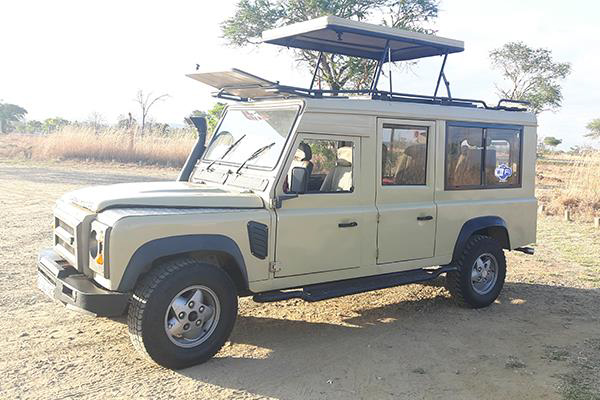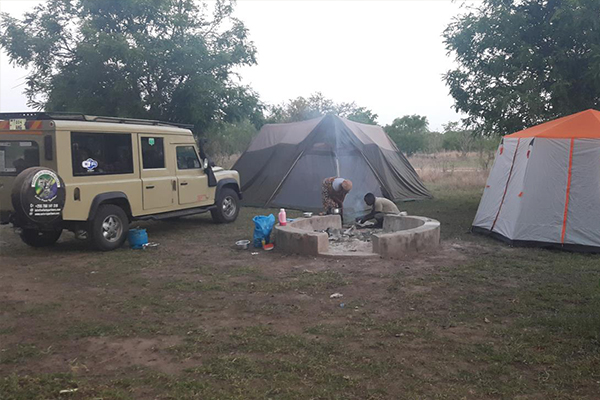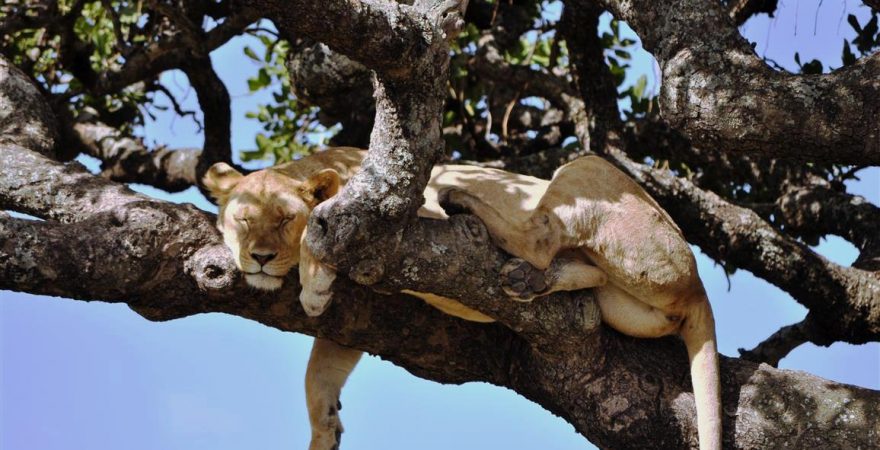Frequently Asked Question - Where is the best place in Tanzania for birding?
Where is the best place in Tanzania for birding?
From the dry acacia woodland of Tarangire National Park and the dramatic cliffs of the Rift Valley to the vast Serengeti plains and the specialist birds of the Usambara, Uluguru and Udzungwa mountains, northern Tanzania is a birders paradise.
With close to 1,150 species of birds, of which 23 species are endemic and 36 species globally threatened, Tanzania ranks as one of the top birding destinations in Africa, and the second most varied avifauna of any country on the African continent.
Tarangire National Park
The scenic Tarangire National Park is famous for its thorn bush scrub, huge baobab trees and, in the dry season, large elephant herds. Birding in Tarangire is fantastic, with over 500 species so far recorded. The baobab-clad plains and fever-tree groves support many bird species including three Tanzanian endemics: ashy starling, yellow-collared lovebird, and rufous-tailed weaver while the dense scrub below is the habitat for species such as white-browed scrub-robin, green-winged pytilia and bronze-winged courser.
Some of the many savannah species that exist in Tarangire National Park include eastern chanting goshawk, African pygmy falcon, bateleur eagle, chestnut-bellied sandgrouse, red-necked and yellow-necked spurfowl, double-banded courser, crowned lapwing, abyssinian scimitarbill, red-fronted, red-and-yellow, and spot-flanked barbets, northern crombec, taita fiscal, spotted morning thrush, African grey flycatcher, irania, barred and pucher's warblers, hildebrandt's, superb, wattled and fischer's starlings, beautiful and eastern violet-backed sunbirds, black-necked weaver, white-headed buffalo weaver, black-faced waxbill, purple grenadier, southern grosbeak canary, Somali golden-breasted and cinnamon-breasted buntings. Other bird species include Maasai ostrich, red-necked spurfowl, bare-faced go-away bird, black-faced sandgrouse, lilac-breasted roller, nubian woodpecker, white-browed coucal, African hoopoe, magpie shrike, northern white-crowned shrike, and white-headed, Rüppell’s and African white-backed vultures.
Lake Manyara National Park
As well as its 'tree climbing lions', Lake Manyara National Park is famous for its pink haze of thousands of flamingos that stretch across the horizon. Due to its range of habitats Lake Manyara National Park has a list of over 450 species of bird species. The number of water birds seen is dependent on the water level in the lake. Nevertheless, The park is full of wetland birds and along its lake shore exist saddle-billed stork, pink-backed and great white pelicans, spur-winged goose, rufous-bellied and goliath herons as well as waders such as collared pratincole, blacksmith and spur-winged lapwings, and water thick-knee. The acacia woodland with ancient mahogany and mvule trees, from Msasa River to the extreme southern end of the park, is home to Narina’s trogon, eastern bronze-naped pigeon, white-headed barbet, and collared palm-thrush. Other species include crested guineafowl and square-tailed nightjar.
The Ngorongoro Crater
The Ngorongoro Crater is the world's largest intact volcanic caldera. It is a true Garden of Eden, an extraordinary natural sanctuary for some of Africa's densest large mammal populations and predators as well as over 500 species of birds. The birdlife in the crater varies according to the seasons but the crater floor does offer superb birding. Lake Magadi, a shallow soda lake which has seasonal variations, is home to a large flock of greater and lesser flamingos and Mandusi Swamp is great for spotting water birds.
The grasslands of the Ngorongoro Crater are where the savanna birds are found. Such species include kori bustard, Maasai ostrich, and secretary bird along with endemics such as Fischer’s lovebird, grey-breasted francolin and rufous-tailed weaver. Other bird species include grey crowned crane, Shelley's francolin, black stork, lappet-faced vulture, Hunter's and pectoral-patch cisticolas, the endemic rufous-tailed weaver, and northern anteater chat. Schalow's turaco, golden-winged, coppery-colored bronze, malachite and Tacazze sunbird are just some of the many bird species that exist along the rim of the crater, particularly competing for nectar amongst the flowering Leonotis. Hartlaub's turaco and eastern double-collared sunbird are just some of the montane specialist forest birds that inhabit the crater rim.
Serengeti National Park
Amongst the long savanna grasslands punctuated by rock kopjes, and patches of acacia forest the Serengeti National Park is home to a huge variety of bird species. The Serengeti Biodiversity Program has stated that the Serengeti is host to more than 540 bird species, residents and migrants inclusive. The red-throated tit, grey-crested helmet-shrike, rufous-tailed weaver, Schalow's wheatear, grey breasted spurfowl, and Schalow's turaco are all endemic to the Serengeti ecosystem.
Out on the plains of the Serengeti exist kori and buff-crested bustard, coqui francolin, the near endemic Hildebrandt's starling, Fischer's lovebird, grey-backed fiscal, Abdim's stork, yellow-throated sandgrouse, freckled nightjar, plain-backed pipit, sooty chat, the endemic Tanzanian (Ruaha) hornbill, rosy-patched shrike, long-tailed cisticola, and buff-bellied penduline. The plains are also used by migratory birds including white stork, pallid harrier, and peregrine falcon. Black-headed gonolek, common wattle-eye, and the recently found Karamoja apalis inhabit the Western Corridor while the wooded central Serengeti harbour Usambiro barbet, silverbird, Meyer’s parrot, black-faced go-away-bird, rufous chatterer, gray and bearded woodpeckers, and black-faced babbler.
Our Packages
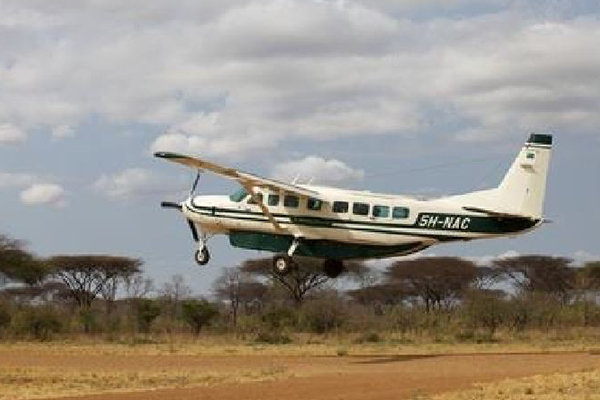
Read More
29 January 2019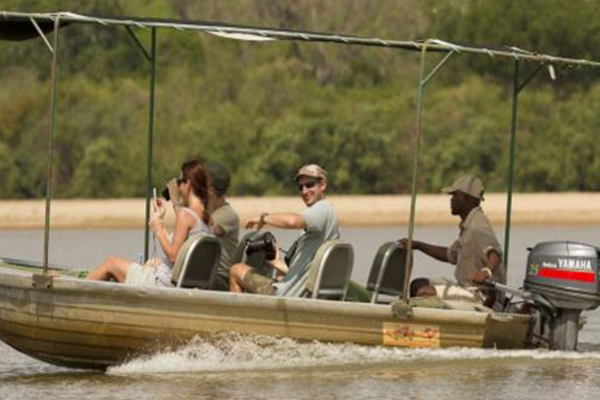
Read More
02 July 2018
Read More
06 July 2018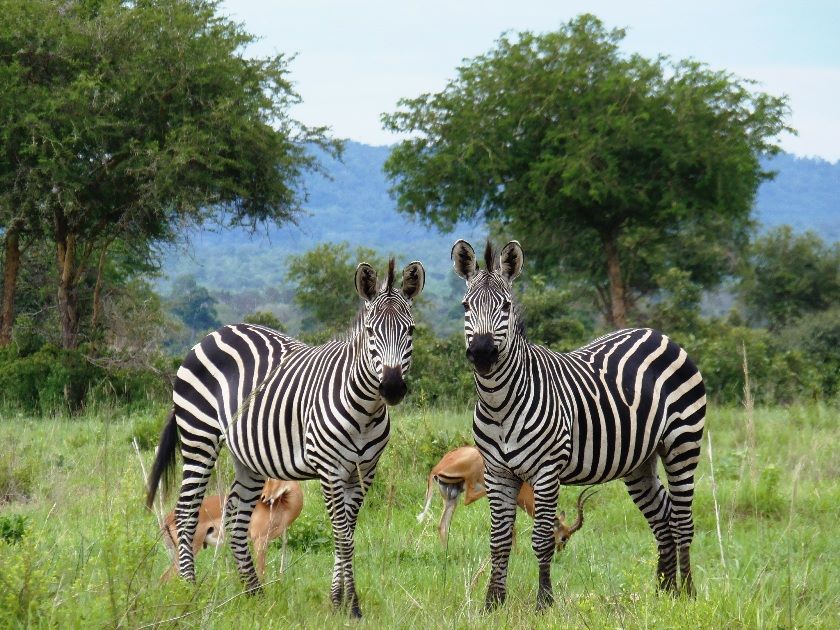
Read More
21 October 2019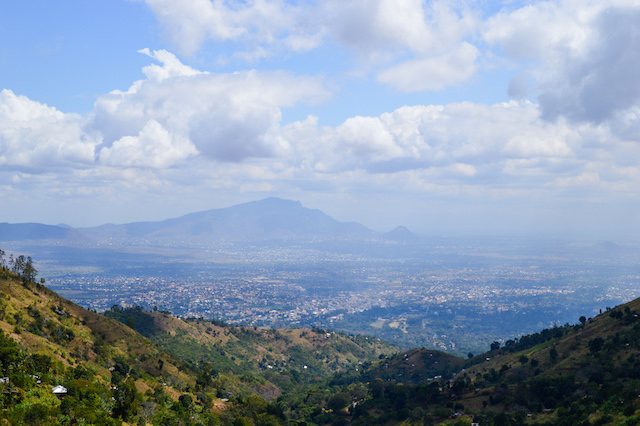
Read More
04 February 2019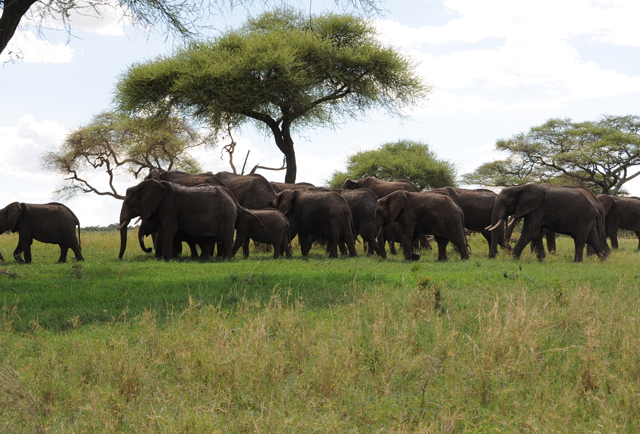
Read More
04 February 2019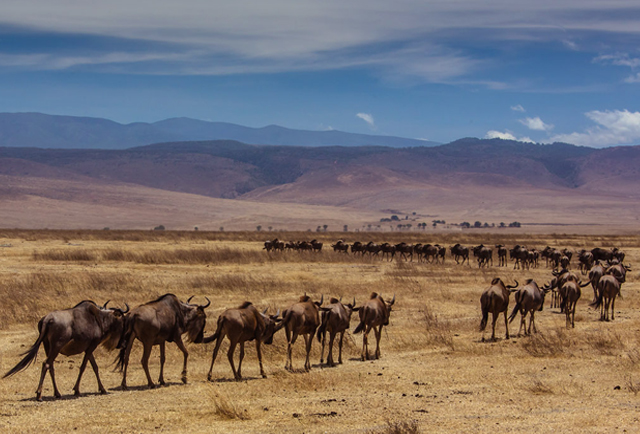
Read More
04 February 2019Popular Destinations
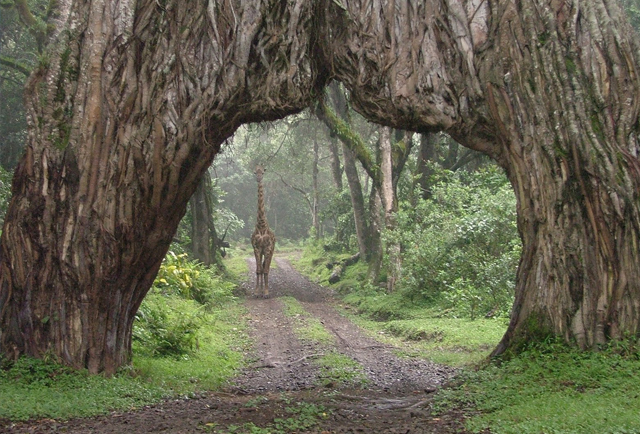
Read More
19 October 2017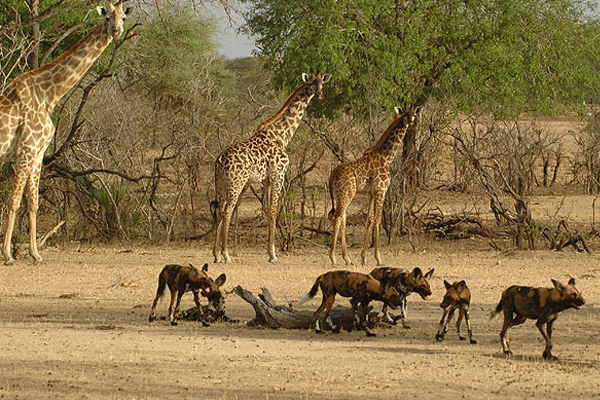
Read More
21 July 2017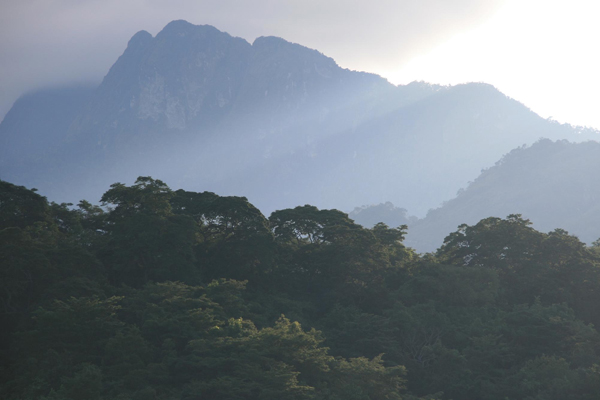
Read More
21 July 2017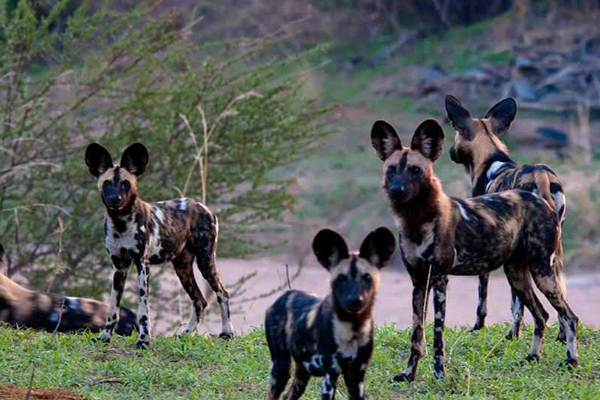
Read More
21 July 2017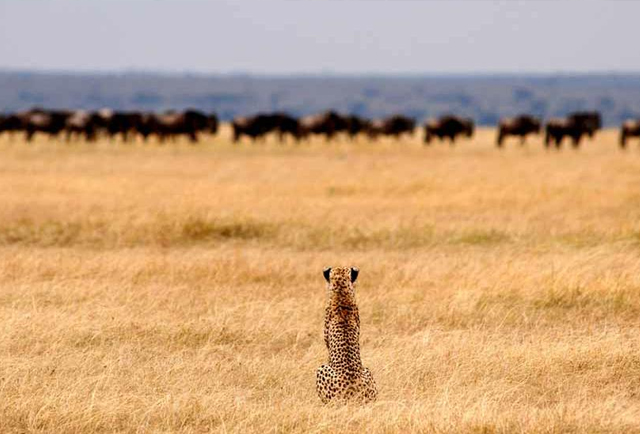
Read More
19 October 2017Contact
Second Building after KCB Bank Boma Road, Morogoro Tanzania
+255 768 141 516
+255 746 400 407- Working Hrs

